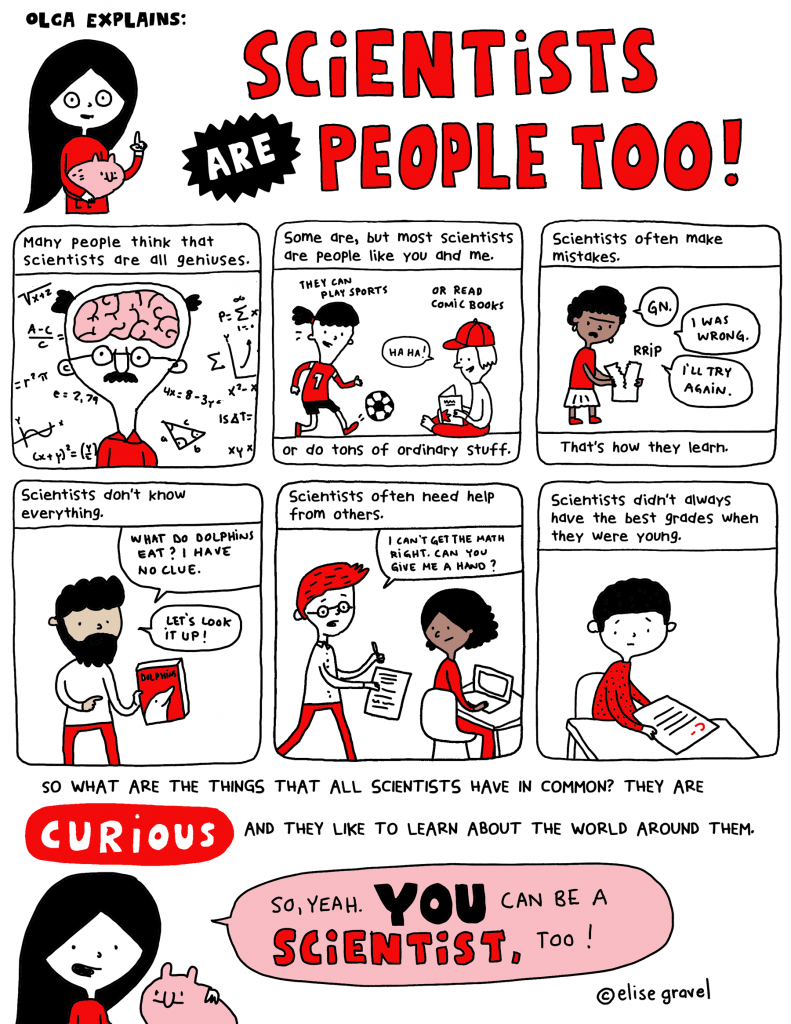
I wonder if you saw the following Twitter thread recently; it popped up in my timeline a few days ago.
Why we need more black men in medicine. I had a patient this week who came in with left leg weakness over the last week. Younger black guy in his 30s. Brain MRI clearly indicates multiple sclerosis. So we all go in during morning rounds to give my man his diagnosis.
— SI6HTS (@Oga_DoctorBlue) August 23, 2018
It’s an anecdote about a black patient who is at risk of misunderstanding his chronic disease diagnosis and thus not getting the care he needs, that is until a black doctor is able to connect with him. The barrier is not one of language but seemingly of comfort or perhaps even trust.
The story is compelling, and just as importantly it is backed up with data. For example, a recent study found a marked contrast in how black men responded to black physicians relative to other physicians, making the patients more likely to consent to preventive screening and care. The difference was enough to suggest that a real improvement could be made in the health outcome disparities between white and black patients in the United States. While not the only factor leading to more chronic illness like diabetes or heart disease in certain populations, such cultural or psychological barriers cannot be overlooked in a comprehensive approach to public health and healthcare equality.
And that’s far from the only result showing a nonbiological racial component in medicine and science. Another recent study looked at differences in how patients were prescribed opioids based on their skin color. The research subjects for many biomedical studies tend to skew more white than the population of the United States (let alone the world). In other settings, the racial identity–itself perhaps a proxy for community membership or social status within a particular setting–of the individual overseeing a study has an impact on the behavior of the participants and hence the outcome, at least when that person interacted directly with the participants. At least some of these effects may be historically contingent and strongly cultural–but science and medicine are practiced within historical and cultural contexts. So they must proceed with an awareness of those contexts.
A big step in that direction is including people who are already familiar with and situated in those contexts. The quality of our science will increase proportionately with and as a direct consequence of the diversity of our scientists. With that in mind, I was greatly pleased when I saw this illustration by Elise Gravel. While the text doesn’t explicitly address race, and while I don’t know that race is directly connected to any of the issues the text does address, I think these are real barriers to seeing oneself as a scientist that need to be lowered. And the casual diversity of racial (and gender) representation speaks volumes as well. I recommend checking out more of Ms. Gravel’s work, and also taking advantage of the fact she’s made this illustration freely available for educational use.
Andy has worn many hats in his life. He knows this is a dreadfully clichéd notion, but since it is also literally true he uses it anyway. Among his current metaphorical hats: husband of one wife, father of two teenagers, reader of science fiction and science fact, enthusiast of contemporary symphonic music, and chief science officer. Previous metaphorical hats include: comp bio postdoc, molecular biology grad student, InterVarsity chapter president (that one came with a literal hat), music store clerk, house painter, and mosquito trapper. Among his more unique literal hats: British bobby, captain’s hats (of varying levels of authenticity) of several specific vessels, a deerstalker from 221B Baker St, and a railroad engineer’s cap. His monthly Science in Review is drawn from his weekly Science Corner posts — Wednesdays, 8am (Eastern) on the Emerging Scholars Network Blog. His book Faith across the Multiverse is available from Hendrickson.


Leave a Reply